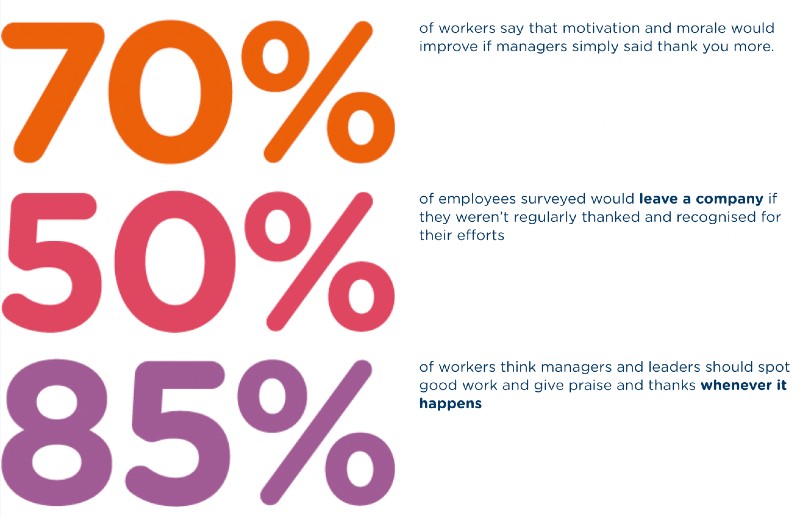61% of professionals now prefer a fully remote environment to a conventional office space. A workforce that can work from anywhere allows businesses to draw upon a much larger pool of talent than before. It also allows them to improve productivity, especially if professionals are working in different time zones.
Good communication is essential to any workplace, especially in one as demanding as remote software development. By considering how teams communicate, project managers can improve their business relationships and the work of their teams. Read on for the best communication practices with development teams of any shape and size.
Understand the Pitfalls
Remote working has emerged as a double-edged sword for employees. Its popularity has been increasing for some time, and it’s likely to stick around for the foreseeable future.
Working with a team spread over a wide area means some teething troubles are inevitable. The first is how often you can communicate with them; it’s easy to call a meeting when everyone is under one roof. But if people are spread over a wide area—with differing internet speeds and time zones—it may take a little time to establish a workable meeting schedule.
The communication tools we use to collaborate are great for remote working. However, in their early days of usage, you should anticipate some problems. A developer might not be familiar with all of a specific tool’s functionality, and written messages can produce ambiguities of tone and intention.
You should also consider the specific challenges that developers face, such as developer burnout. Software development brings problems like long hours and tight deadlines, which a remote work environment can make worse. It can also be harder to spot an unhappy or overworked teammate if face-to-face contact is limited.
Have a Clear Idea of Your Goals
The first step towards great communication is a simple one—what do you actually want to achieve? This is a question you should ask before you start building a development team, or before you add new members to an existing one.
This is because a team exists in service of a larger goal—one that can only be achieved if everyone knows what they’re doing. Hiring people without a clear idea of their role means they can’t count on tasks for themselves or have to spend time chasing tasks from their colleagues. That’s a breeding ground for resentment and wasted time, especially if people are waiting for a reply.
You may find it useful to track your goals with key performance indicators. Use these wisely; while KPIs can quantify progress, they’re not an instant recipe for success. You need to choose KPIs that make sense for your industry. You also need to share them with your team, which brings us to our next point.
Explain Your Goals and Practices
Once you’ve assembled your development team, you need to make sure they understand both what they’re doing and why they’re doing it. A team that can’t place their work in a wider context won’t be as motivated or engaged. This can affect multiple aspects of their job, including how (and how often) they communicate with each other. It can also wrong-foot a larger project if everyone has their own idea of what the goal looks like.
Give everyone access to the same workflows and task lists, and try to meet regularly while encouraging in-person dialogue. This helps people to get questions answered, and get on with their work more easily.
A call park feature is ideal if your teammates have questions during busy periods. If the person being asked is busy (or doesn’t know the answer) they can transfer the person asking to someone better placed to help them.
It’s important to quickly explain your working practices. This covers things like your preferred communication tools for web conferencing, project management, and general chat. It also covers the level of formality in your communications—do you go formal, or more casual?—and how often do you hold meetings? Make sure everyone understands what resources they can expect to access. And, conversely, what you expect of them.
Remember that there are multiple ways to share information with your team. Documentation always helps, but if you’ve been working with certain team members for a while, they’ve probably picked up some tips and tricks of their own. Encourage these members to share information with any new members that can help them do their work better.
Approach Criticism in the Right Way
Once your team starts working, you can expect to make some (constructive) criticisms of their work. Having a clear sense of how you point out mistakes—and how to fix them—will cut down on friction between you and your teammates. Remember that being able to admit one’s mistakes is an essential soft skill for today’s software developers.
Regardless of your own experience level, it’s best to assume some gaps in your knowledge. We can’t always put a piece of work in a broader context; we don’t always know what solutions someone has tried, or how many different solutions there are.
We should also stress that a developer is part of a team. Avoid “you” pronouns in favor of “we” pronouns. This can help a member feel less targeted and reminds people they’re part of a larger effort.
Show Your Appreciation
While criticism is a necessary part of software development, it’s important to give your team positive feedback too. There are plenty of ways to create strong workplace bonds between you and your teammates, and it’s something your team will appreciate.
You can also show appreciation for a teammate’s existing skillset. If your team is interested, try organizing short presentations where they can share their knowledge. This is useful if you’ve got a team with a few different tricks up its sleeve, as it broadens the knowledge of each member. Of course, you can still use call transfer features for later queries.
More generally, the best way to show appreciation is to ask your team for feedback and input during a project. This inspires investment from your team because it makes them feel valued. More pertinently, it might show you a better way to do something. You’re working with a talented group of professionals. Be sure to make the most of them.
Conclusion
Remote development teams thrive when they’re given the right tools to communicate with. This doesn’t just mean web conferencing or project management; it also covers guidance on giving (and receiving) criticism, asking questions, and offering their own ideas. When everyone on the team has the same understanding of their workplace, their communication—and their work—will flourish.
About the author:
Jessica Day is the Senior Director for Marketing Strategy at Dialpad, a modern outsource call center platform that takes every kind of conversation to the next level—turning conversations into opportunities. Jessica is an expert in collaborating with multifunctional teams to execute and optimize marketing efforts, for both company and client campaigns. Here is her LinkedIn.
Filestack is a dynamic team dedicated to revolutionizing file uploads and management for web and mobile applications. Our user-friendly API seamlessly integrates with major cloud services, offering developers a reliable and efficient file handling experience.
Read More →

